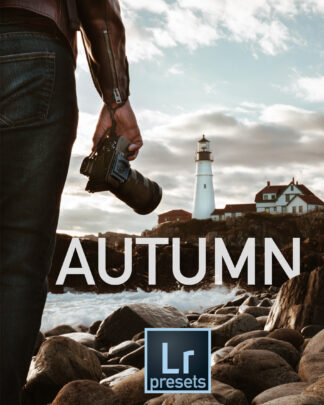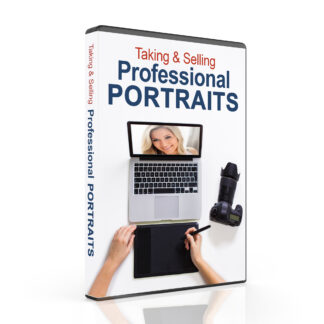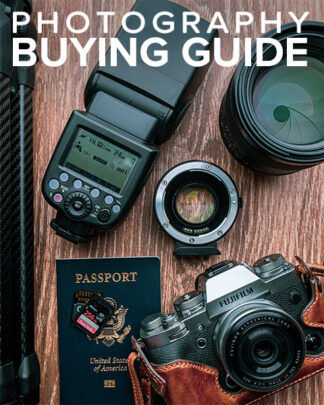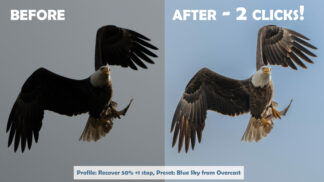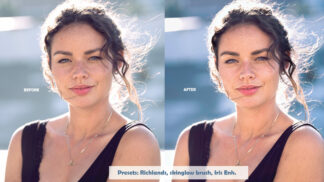Find reviews for specific cameras: [html_sitemap sort_order=”desc” child_of=CURRENT]
Which Camera Should I Buy?
If you’re asking which camera you should buy without any additional qualifiers (such as, “Which camera should I buy for portrait/landscape/sports photography?”) I’ll recommend the Sony a5100 kit ($700). It’s a great all-around camera that’s easy to carry.  If you’d like to spend less, or you might want to invest in more serious lenses in the future, buy a Nikon D3100 kit or a Canon T3/1100D kit and don’t worry any more about camera gear unless you start to struggle with your equipment’s limitations. It should cost you around $400 new or $300 used. I know neither kit is the latest model, but they’re great cameras at an amazing price. I’ve used them both, and they make amazing photos. If you want to use the camera to take video, too, you might consider an upgrade to a Canon T5i/T6i/T6s or a Nikon D5500 (whichever is available). Those models are a bit more expensive, but they add an articulating touchscreen, which makes video much easier to record. If you have an unlimited budget, buy a Nikon D810 ($3,300), a Sigma 24-105 f/4 ($900), a Nikon 70-200 f/2.8 ($2,400), and 200 copies of this book. These are quick recommendations that work well for most beginners, but there are hundreds of cameras on the market, and if you have specific needs (such as sports or wildlife photography, or if you’re a more serious photographer), a different camera might be a better choice. Continue reading! http://www.youtube.com/watch?v=vSipBV4bY0o
If you’d like to spend less, or you might want to invest in more serious lenses in the future, buy a Nikon D3100 kit or a Canon T3/1100D kit and don’t worry any more about camera gear unless you start to struggle with your equipment’s limitations. It should cost you around $400 new or $300 used. I know neither kit is the latest model, but they’re great cameras at an amazing price. I’ve used them both, and they make amazing photos. If you want to use the camera to take video, too, you might consider an upgrade to a Canon T5i/T6i/T6s or a Nikon D5500 (whichever is available). Those models are a bit more expensive, but they add an articulating touchscreen, which makes video much easier to record. If you have an unlimited budget, buy a Nikon D810 ($3,300), a Sigma 24-105 f/4 ($900), a Nikon 70-200 f/2.8 ($2,400), and 200 copies of this book. These are quick recommendations that work well for most beginners, but there are hundreds of cameras on the market, and if you have specific needs (such as sports or wildlife photography, or if you’re a more serious photographer), a different camera might be a better choice. Continue reading! http://www.youtube.com/watch?v=vSipBV4bY0o
It’s Too Hard to Choose!
Check our reviews for specific cameras in the left column. If you feel stressed about which camera to get, read this excerpt from Chapter 1 of Stunning Digital Photography:
Don’t Worry So Much about the Equipment and Settings
The single most common mistake I see people making is being preoccupied with equipment and settings. Of course, we constantly get the question that I consider to be the highest compliment from a non-photographer: “What camera do you use?” Usually (especially when sharing pictures on Facebook), it doesn’t much matter. Settings such as the shutter speed and aperture usually don’t matter as much as people think, either. Recently, Chelsea posted her photo of our daughter (Figure 1-7) to our Facebook page and a reader asked, “What was your shutter speed?” 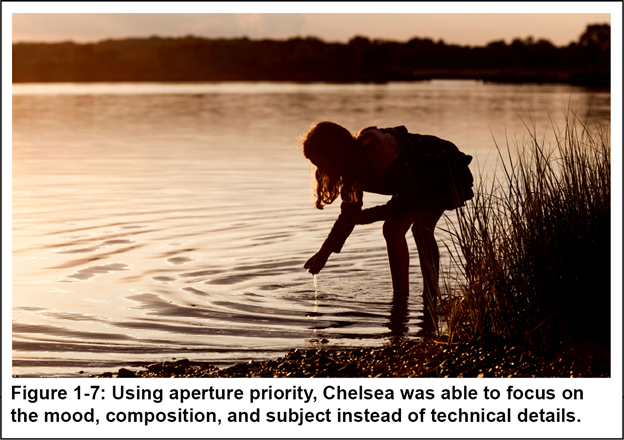 Of course, she answered politely (it was 1/1500th), but the real answer is that the shutter speed didn’t matter; Chelsea used the camera’s aperture priority mode (A or Av), which automatically chooses a shutter speed to match your f/stop number. Here’s what we did to make that picture, none of which is quite as simple as buying expensive equipment, pressing a button, or flipping a switch:
Of course, she answered politely (it was 1/1500th), but the real answer is that the shutter speed didn’t matter; Chelsea used the camera’s aperture priority mode (A or Av), which automatically chooses a shutter speed to match your f/stop number. Here’s what we did to make that picture, none of which is quite as simple as buying expensive equipment, pressing a button, or flipping a switch:
- We were at the beach with our daughter.
- We went an hour before sunset so the lighting would be nice.
- We picked a day with clear skies, which creates a nice, hard light from the sun.
- There was no wind, and thus no waves, creating glassy reflections on the water and allowing you to see the ripples.
- Chelsea moved to a spot where the sun was behind Madelyn to create the silhouette.
- Chelsea composed the photo carefully, zooming in to eliminate distractions and positioning Madelyn according to the rule of thirds.
- Chelsea patiently watched Madelyn for several minutes, snapping dozens of photos.
- Back at home, Chelsea picked the single best of all of her photos and edited it to level the horizon.
When asked about his photographic techniques, Arthur “Weegee” Fellig, a photojournalist from the 30s and 40s, answered, “f/8 and be there.” Of course, he used a completely manual camera; with today’s automatic cameras, the f/8 part is no longer especially important. My advice to beginning photographers is simply, “Be there and think.” And when I say “think,” I want you to think about the subject, the location, the perspective, the lighting, the timing, the weather, the mood, the pose, the clothes, the expression, the composition, and yes, the camera settings. That’s a lot to absorb, and I’ll teach you every bit of it as you read this book, watch our videos, and share your photos on our Facebook page. But I’d rather you leave your camera in automatic mode than become preoccupied with any one aspect of making a picture, especially the equipment and settings.

